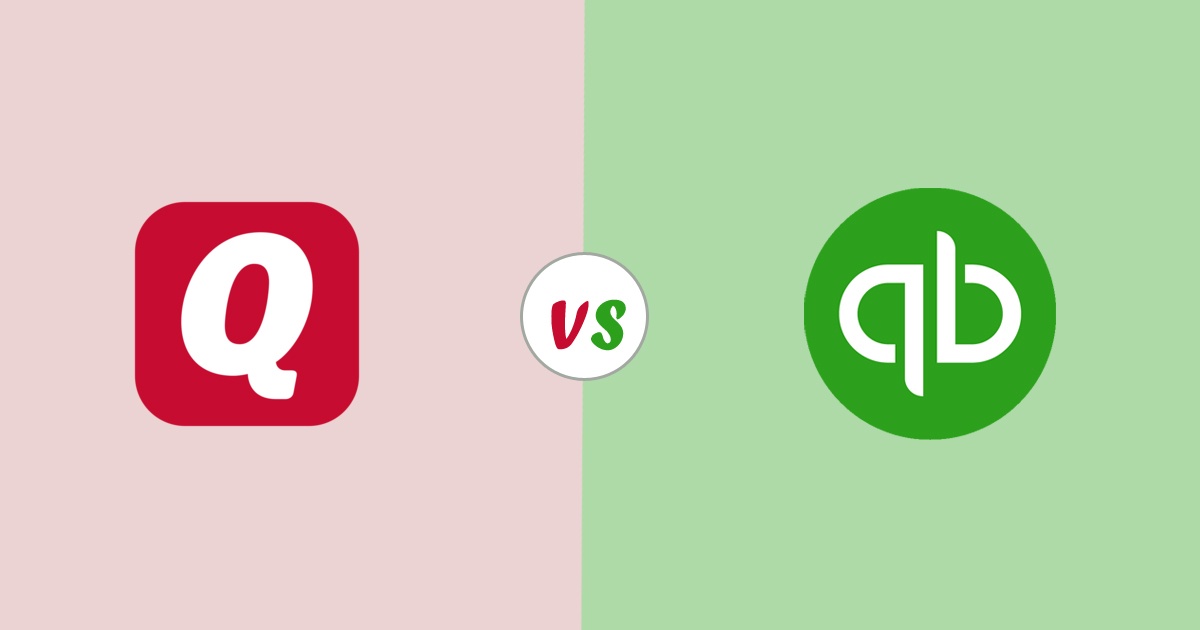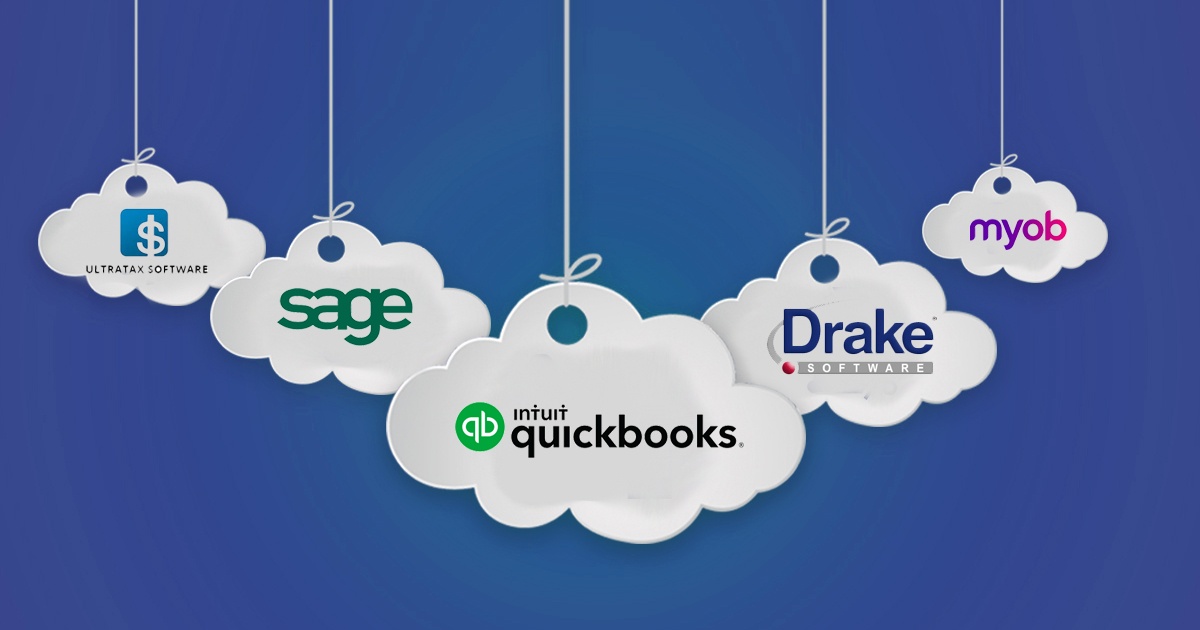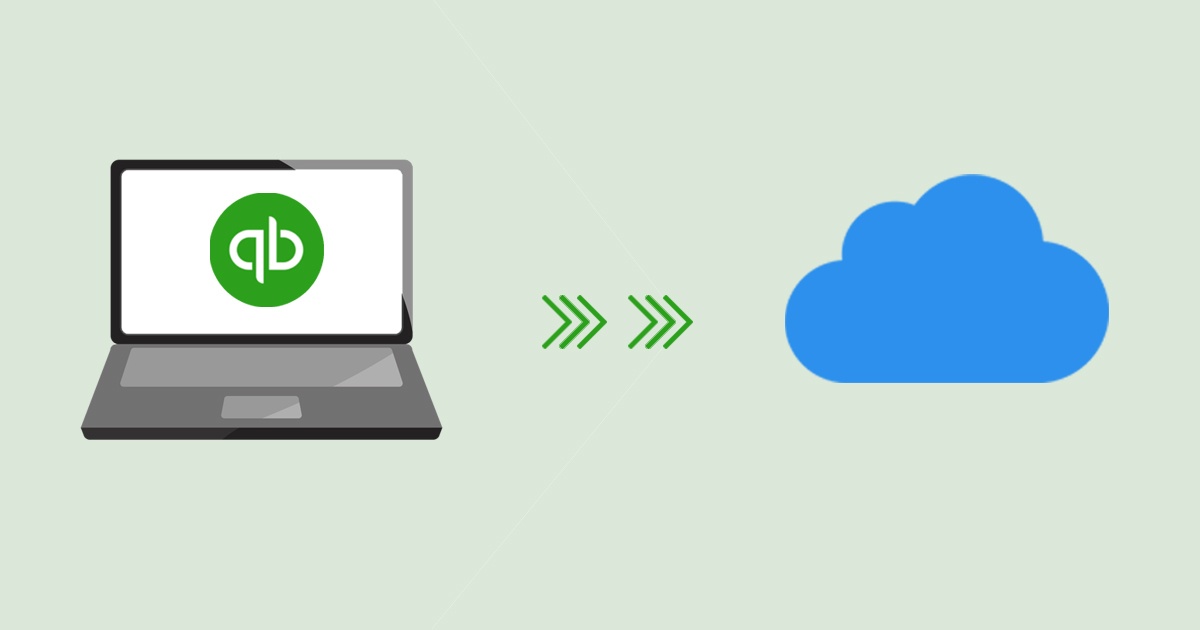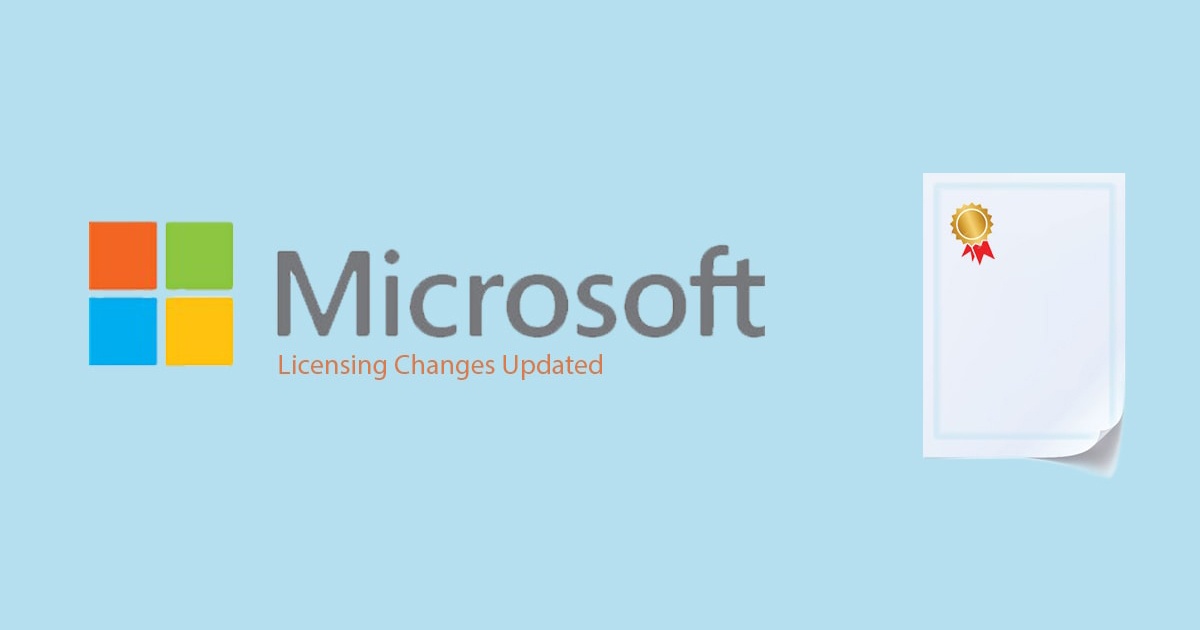
QuickBooks Enterprise Hosting – 5 Things to Remember
QuickBooks Enterprise is generally used by medium to small businesses with 20-250 users. These organizations have different verticals that need to be managed from multiple locations, inventory, cash flow, and users. QuickBooks Enterprise is favorable as it brings everything on a single platform. It simplifies reporting and data analysis at an organizational level and helps […]
Read More »














